What is ‘periodized nutrition’ and what are the benefits for cyclists looking to fine-tune their performance?
Research has shown that you can improve fitness by periodizing your nutrition with your training, matching your diet to your daily workload
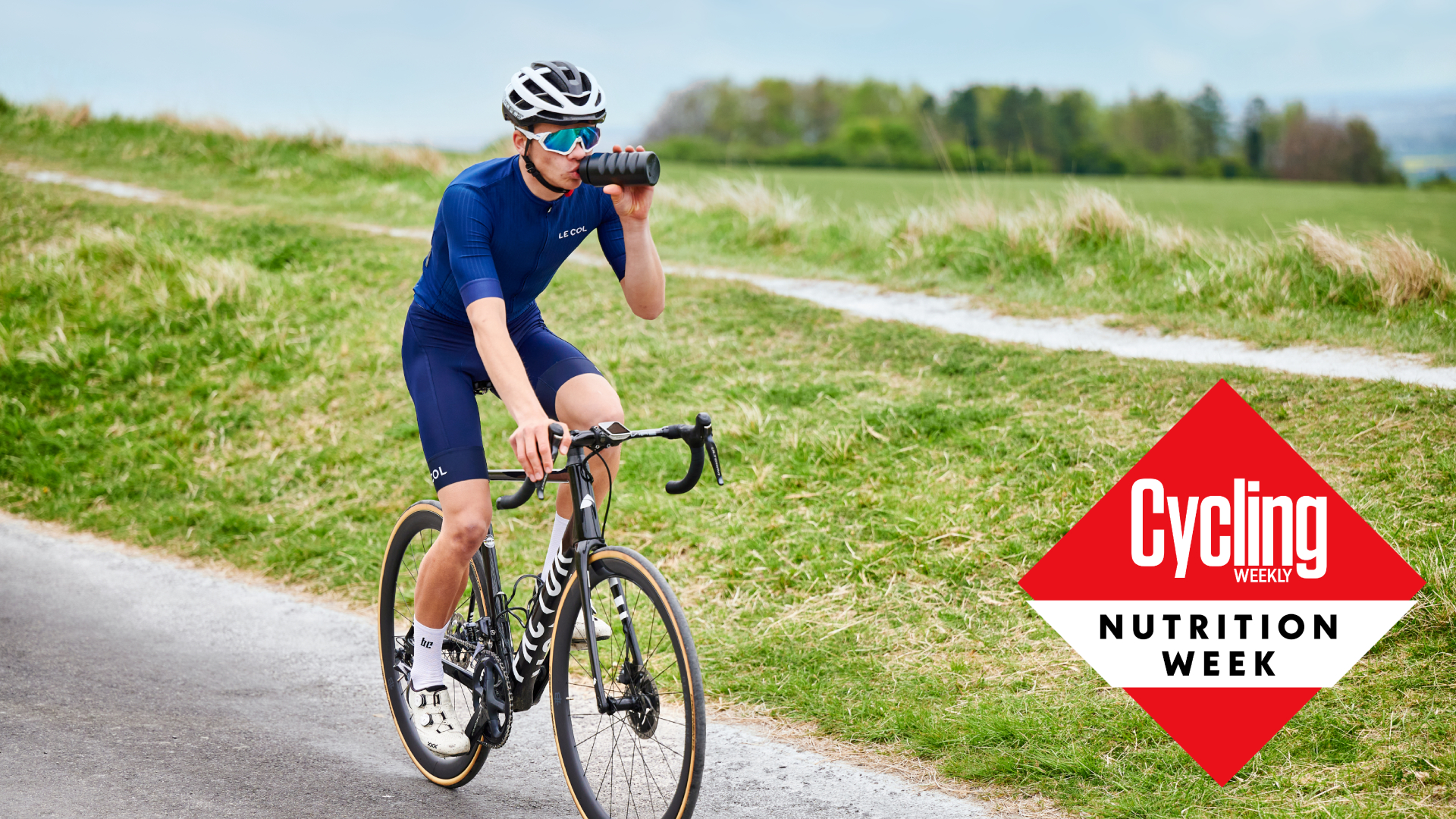
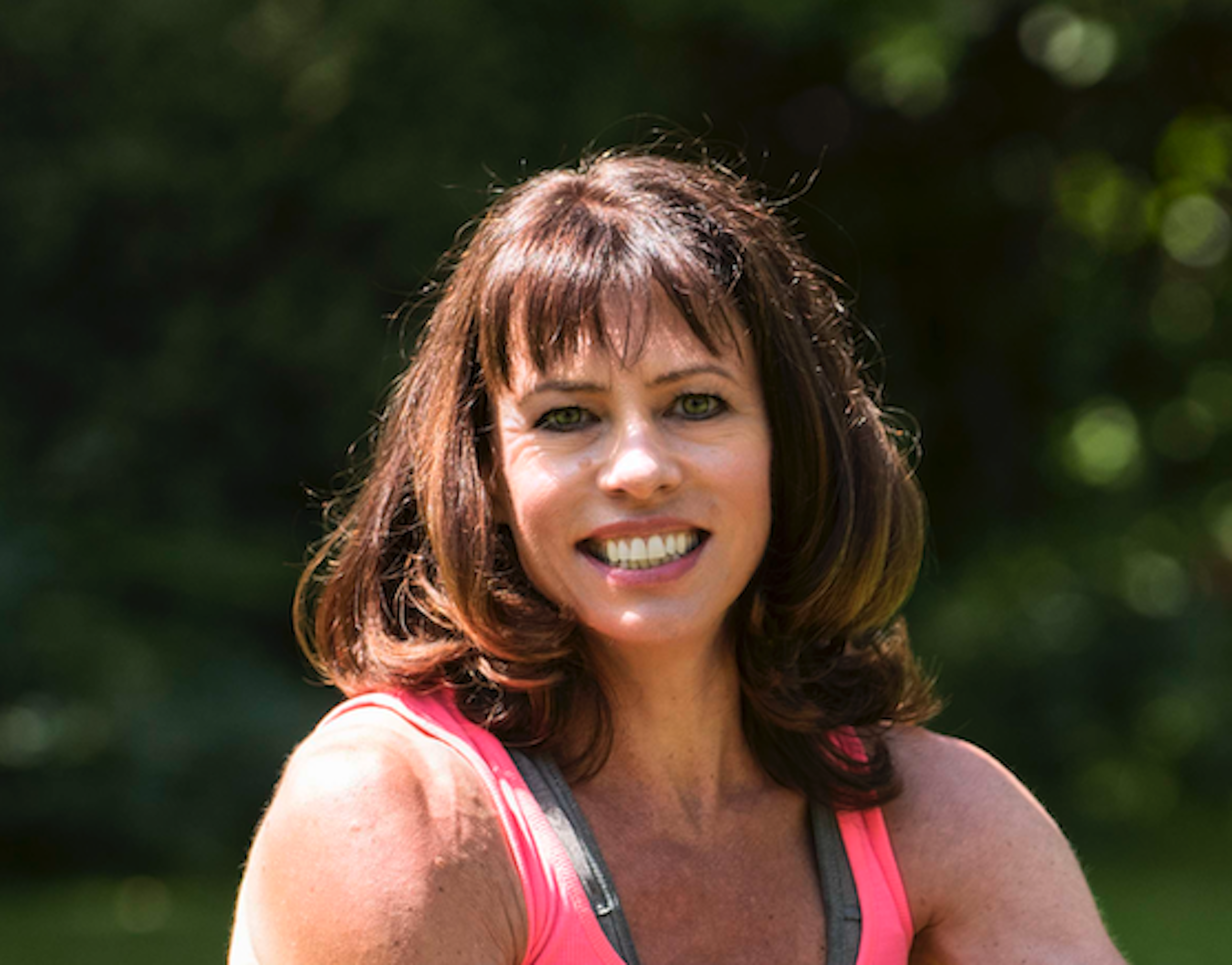
Periodized training is a familiar concept to most cyclists, but far fewer apply the principles of periodization to their cycling nutrition - and they may be missing a trick.
To recap, the principle underlying periodized training is the idea that you work on one specific element of fitness (e.g. aerobic endurance, speed, strength, power) at a time before moving on to the next ‘phase’.
The ultimate goal of training periodization is to achieve peak performance at the most important points in the season. And the same applies to your nutrition.
‘Nutrition periodization’ means matching your nutrition intake to the requirements of your training goals on an annual, weekly and daily basis. The idea is to adjust the amount of carbohydrate you eat in line with your training volume. It’s about eating the right foods at the right time.
There are several benefits to be gained from matching your nutrition intake to your training sessions.
First, by eating sufficient carbohydrate before your toughest sessions, you’ll help maximise your performance in those sessions.
Second, by keeping your carb and calorie intake proportional to you energy expenditure - i.e. consuming less on rest days and low intensity rides - this will help you in losing weight, if that’s one of your cycling goals, or maintain the weight which you’re currently at.
Get The Leadout Newsletter
The latest race content, interviews, features, reviews and expert buying guides, direct to your inbox!
Third, by incorporating some low-intensity rides with low glycogen stores (‘fasted’ rides) you can develop your body’s capacity to burn more fat as fuel - helping to save your body’s limited stores of carbohydrates for more intense efforts which can’t be fuelled by fat.
Periodized nutrition for the microcycle
In the jargon of periodized training, your training can be characterised by three separate cycles: the microcycle, the mesocycle and the macrocycle. We’ll be going over each in turn, starting with the shortest - the microcycle.
Typically, a mircocycle refers to the training you do across a full seven-day week. Some people work on a microcycle of slightly different lengths - even 10 days is not uncommon - but for simplicity's sake we’ll be working off a microcycle of a week.
In this time, your training will consist of some harder sessions, some moderate sessions and some easy sessions and/or full rest days. This will reset at the end of the week, completing one full microcycle.
In terms of how you should periodize your nutrition in relation to your training here, you’ll want to ensure that your carbohydrate stores are fully topped up ahead of your most intense sessions, incorporating some fast-release carbs such as sugars as well as more complex carbs such as rice, wheat, oats, etc.
This is because carbs are your body’s primary source of energy when working at or above your Functional Threshold Power (FTP).
On the other hand, it can be beneficial to incorporate ‘fasted’ training into your shorter, easier rides, to encourage your body to burn more fat as fuel. This helps to save your carb stores for higher intensity efforts.
Many elite cyclists plan short periods of low-carbohydrate intake, or ‘training low’, into their programmes.
“Essentially, certain low-intensity sessions are performed with low glycogen stores, and high-intensity sessions with high glycogen stores,” explains Dr James Morton former head of nutrition at Team Sky, and now Director of Performance Solutions at Science in Sport.
“The idea is that by restricting carbs around certain training sessions you can actually enhance training adaptations. This increases the number of mitochondria in muscles, improves your ability to burn fat for fuel and, potentially, increases metabolic flexibility [muscles’ ability to switch between burning fat and carbohydrate], as well as your body composition and performance.”
The advantage of periodizing your carb intake is that you get the dual benefits of ‘training low’ - namely mitochondrial adaptations - as well as the performance benefits of fully fuelled high-intensity interval training. It’s win-win - at least in theory.
Does it work?
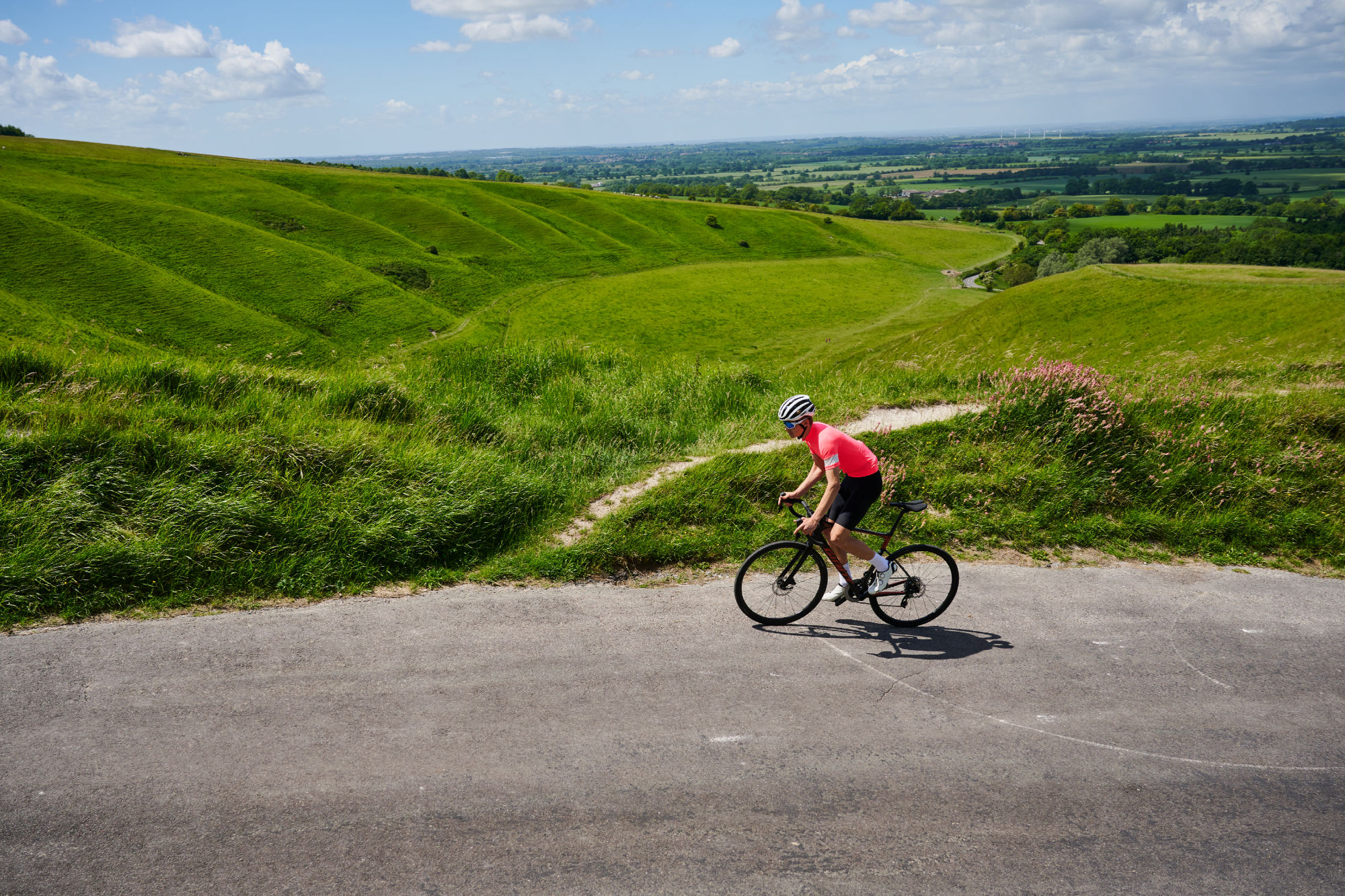
Several studies have shown that ‘training low’ enhances metabolic adaptations in muscles: more mitochondria, increased levels of fat-burning enzymes and increased use of fat for fuel during endurance exercise.
A 2008 study at RMIT University, Australia, found that cyclists who performed some of their sessions with low glycogen availability had higher levels of fat-burning mitochondrial enzymes; and a 2010 study at the University of Birmingham found that fat oxidation during steady-state cycling was higher in cyclists when they ‘trained low’ than when they trained with high glycogen levels.
Just bear in mind that fasted training works best on shorter rides of around an hour in duration - and definitly no longer than 90 minutes. Trying to do a four hour ride whilst fasting will only result in chornic underfueling, which will hamper your recovery and progression. For more information on underfuelling, check out our article on RED-S and cycling's underfuelling epidemic over here.
How to periodize your nutritional intake
Base training phase
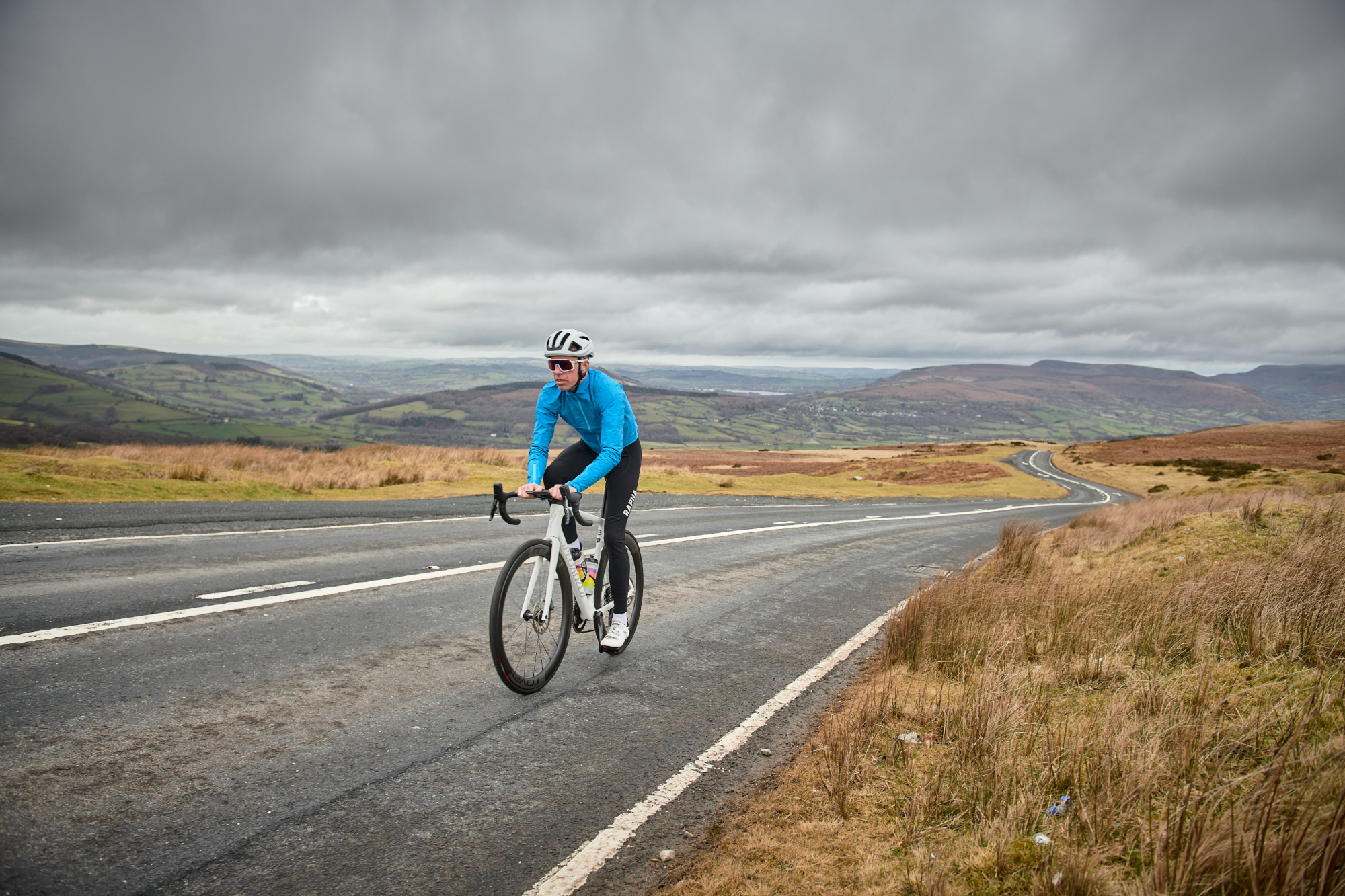
The base training phase when you do more longer, low-intensity rides. The goal of this phase is to build endurance fitness and develop metabolic flexibility.
You won’t need as much carbohydrate as in your subsequent ‘build’ phase, but you still need to make sure you are giving your body enough fuel to work with. On less intense rides, you might only need 30 grams of carbohydrate per hour, as opposed to between 60 and 120 grams for a race of the same duration. Everyone's requirements are different, though, so stay tuned to what your body is telling you.
“Low-carb eating alongside a heavy training schedule may also reduce immune function and increases the risk of illness,” warns Dr James Morton.
When it comes to fasted rides, the most practical protocol is to train after an overnight fast (no midnight snacks!) and before breakfast. Remeber that a fasted ride should only be around an hour. Alternatively, if you want to train low in the evening, cut carbs at lunchtime - keeping to mainly high-protein foods and vegetables - and then eat carbs after your evening session.
Alternatively, when training twice a day, you can do your first (high-intensity) session with high carbohydrate availability and the second (low-intensity) session with low carbohydrate availability. Cut carbs after the first session and then eat a high-carbohydrate meal after the second session.
Build phase (pre-competition)
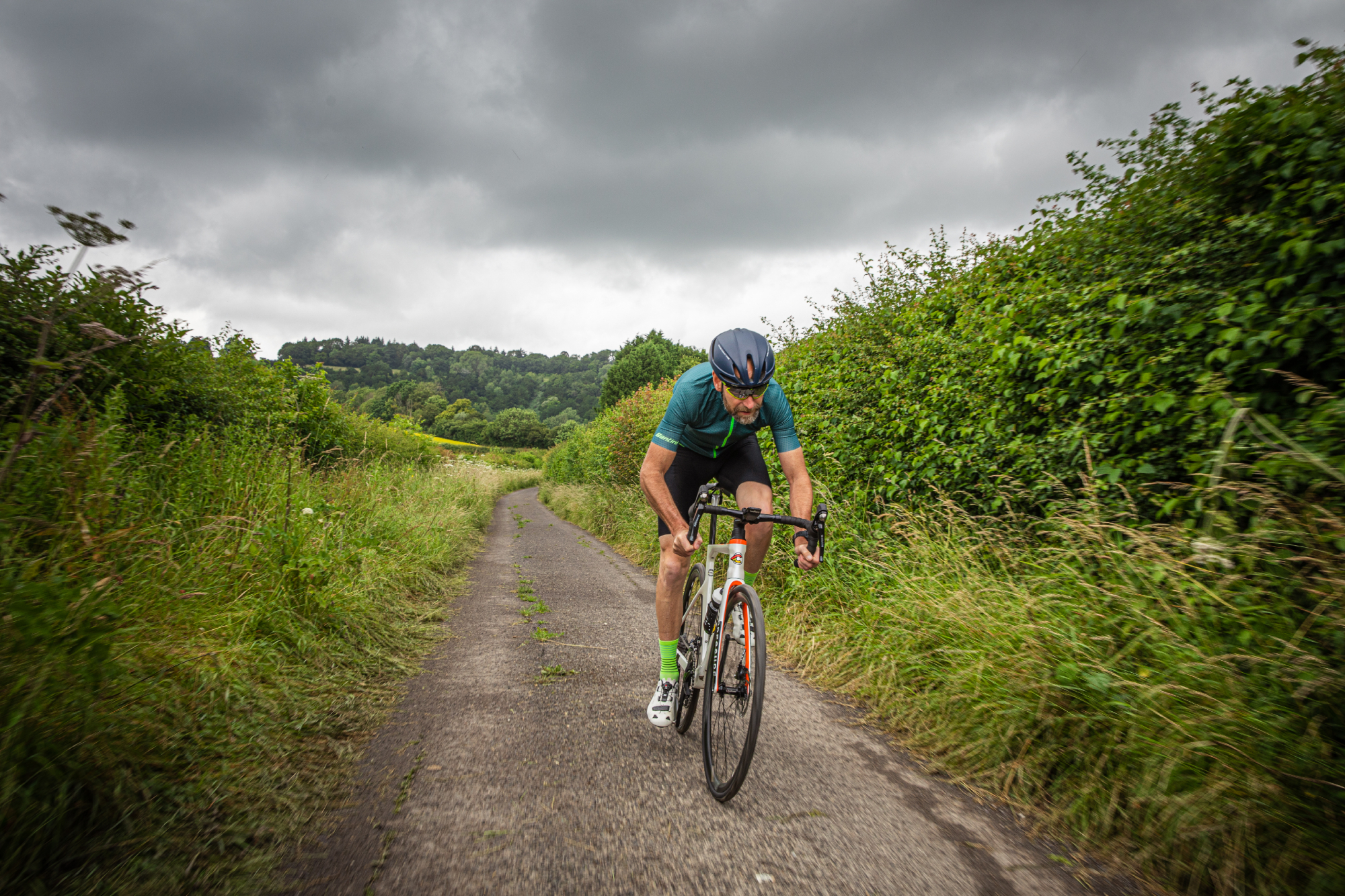
This is where the intensity ramps up and you switch from long aerobic rides to shorter harder sessions, usually targeting speed and power.
As carbs are the main fuel for high intensity exercise, make sure you’re well fuelled with carbs before important training sessions. You’ll need to eat bigger portions of porridge, pasta and potatoes and add sugars (like bananas, dried fruit, sports drinks, energy bars and energy gels) before, during and immediately after your session.
A lack of carbs before tackling a big hill or a sprint interval session means you won’t be able to generate the power and speed you want. However, you can still include a few ‘train low’ sessions in your ‘microcycle’ (see below). Essentially this phase is all about having enough energy to get the most out of your training.
Competition phase
In the lead-up to an important race, there’s usually a taper period where you do less volume and more short higher-intensity sessions. You’ll be burning fewer calories overall, so you’ll need to adjust your food intake if you want to avoid weight gain.
If you’ll be racing longer than 90 minutes, you’ll probably benefit from some form of carb loading, which involves upping carbs (7 to 10g/ kg body weight/ day) and cutting fat for the last three days before the race.
“On race days, carbs are king, and numerous studies have shown that performance is significantly improved when you consume carbs during high-intensity exercise,” explains Morton. “Carbs are also periodized during multi-stage races."
Tour de France riders eat more carbs, upwards of eight grams per kilo of body weight per day, on the long climbs and hard stages. Post-race they ensure they eat extra carbs to refuel properly before the next stage. If they don’t eat enough carbs, they can’t generate maximum power.”
Rest/off-season
When racing is over and you’re taking a well-earned rest from training, periodization is still important. You’ll be burning considerably fewer calories, so you’ll need to adjust carbs (as well as keeping a check on fat and alcohol) if you want to avoid excessive weight gain. Some coaches advise gaining no more than eight per cent of your competition weight during the off-season.
Dividing the toils
The longest cycle within a periodized programme is called a macrocycle and usually spans a year. The year is broken down into two to six shorter training cycles called mesocycles, each spanning several weeks.
Each mesocycle emphasises a particular training goal, such as aerobic endurance, strength or speed and involves a gradual increase in intensity. Each mesocycle is divided into week-long microcycles, consisting of your day-to-day training sessions.
Microcycle sample diet plan
This plan shows you how to tailor your diet to your training sessions in a 48-hour period.
Day 1 - High-intensity session
- Breakfast: Porridge, bananas, honey
- Snack: Fruit, nuts
- Lunch: Rice, chicken, vegetables
- Snack: Fruit, toast, honey
- Evening training (high-intensity intervals): Sports drink, bananas, gels or dried fruit
- Post-training: Recovery drink
- Dinner: Grilled fish, salad
Day 2 - low-intensity session
Breakfast (optional): Eggs
Morning training (long steady ride): Water; coffee or caffeine (optional)
Post-training: Carbohydrate and protein recovery drink
Toast, honey, yogurt, fruit
Lunch: Pasta, fish, salad
Snack: Fruit, nuts, granola bar
Dinner: Sweet potato, chicken, vegetables
- Breakfast (optional): Eggs
- Morning training (long steady ride): Water; coffee or caffeine (optional)
- Post-training: Carbohydrate and protein recovery drink, toast, honey, yogurt, fruit
- Lunch: Pasta, fish, salad
- Snack: Fruit, nuts, granola bar
- Dinner: Sweet potato, chicken, vegetables

Thank you for reading 20 articles this month* Join now for unlimited access
Enjoy your first month for just £1 / $1 / €1
*Read 5 free articles per month without a subscription

Join now for unlimited access
Try first month for just £1 / $1 / €1

Anita Bean is an award-winning registered nutritionist, internationally published author, health writer and former British bodybuilding champion. She specialises in sport and exercise nutrition and is passionate about helping athletes improve their performance in training and competition. She is the author of The Complete Guide to Sports Nutrition and The Vegan Athlete’s Cookbook and has written for Good Housekeeping, Waitrose Food and Women’s Running. Anita is also the nutritionist for RideLondon and the London Marathon. A strong advocate of an active lifestyle, Anita enjoys cycling, yoga, hiking and strength training.
-
 Aero bikes with gravel wheels?: Six tech insights from Paris-Roubaix Femmes
Aero bikes with gravel wheels?: Six tech insights from Paris-Roubaix FemmesEverything we found out about tyre widths, self-inflating systems, and wheel choices from the cobbled Monument
By Tom Davidson Published
-
 'This race is absolutely disgusting': Peloton reacts to another brutal Paris-Roubaix Femmes
'This race is absolutely disgusting': Peloton reacts to another brutal Paris-Roubaix FemmesNow in its fifth edition, Paris-Roubaix Femmes is still a tough race, even for the best bike riders in the world
By Adam Becket Published
-
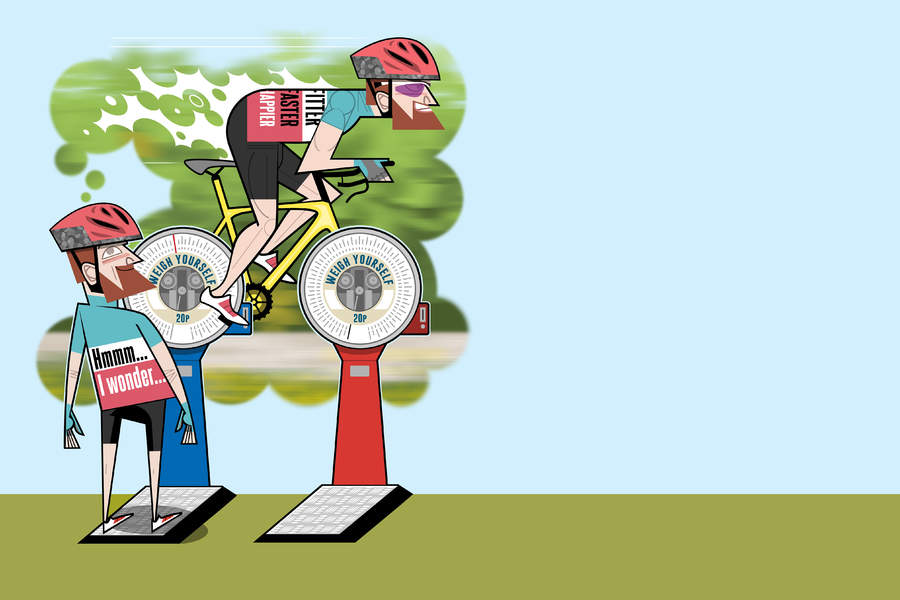 How to lose weight cycling without sacrificing strength
How to lose weight cycling without sacrificing strengthIf you're looking to lose weight cycling, here is a quick guide to reduce that number on the scales to improve your riding
By Dr Eimear Dolan Last updated
-
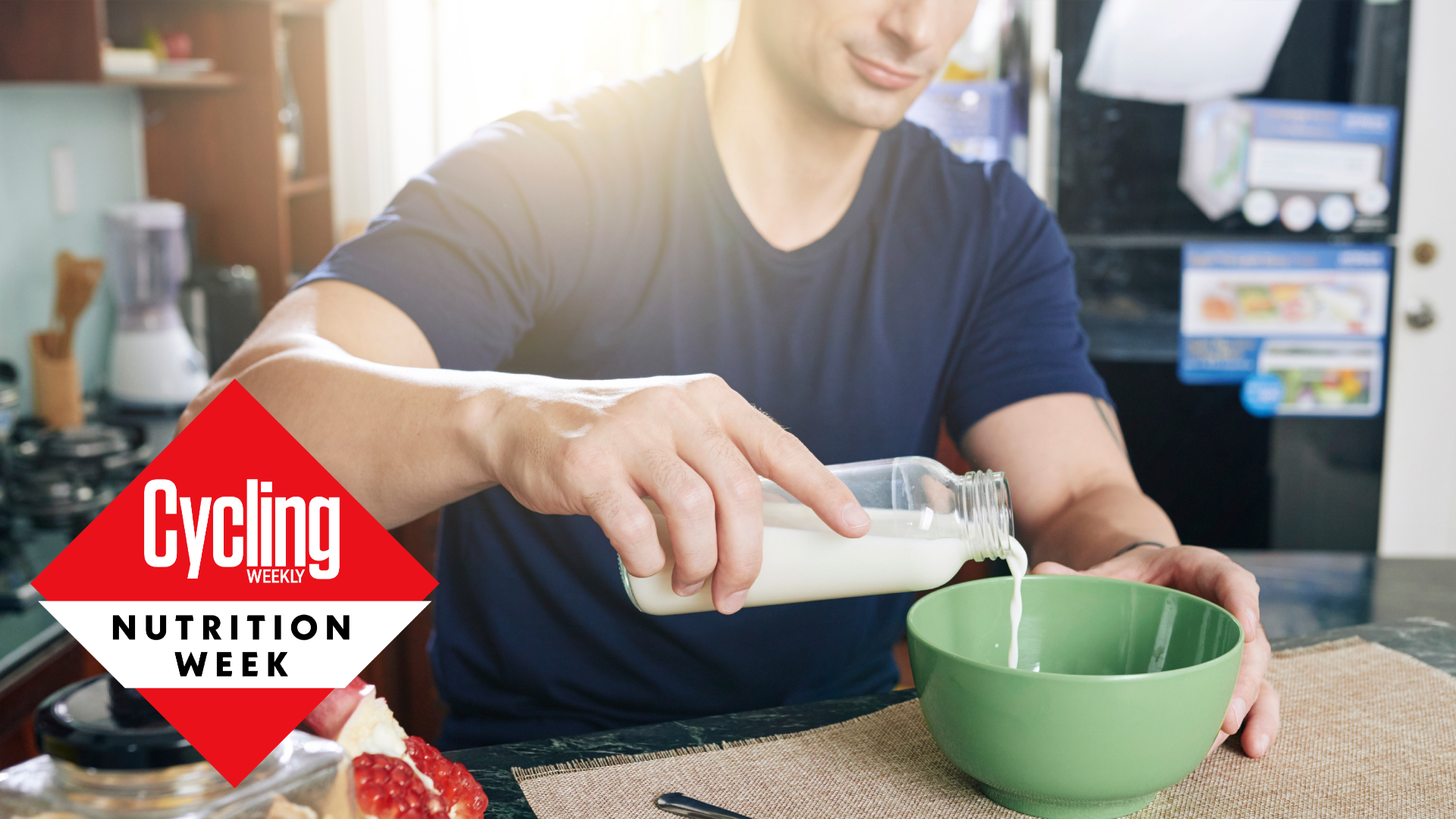 Six foods to avoid before a bike ride and why
Six foods to avoid before a bike ride and whyWe take a look at some of the staples you should steer clear of before heading out on a ride
By Anna Marie Abram Published
-
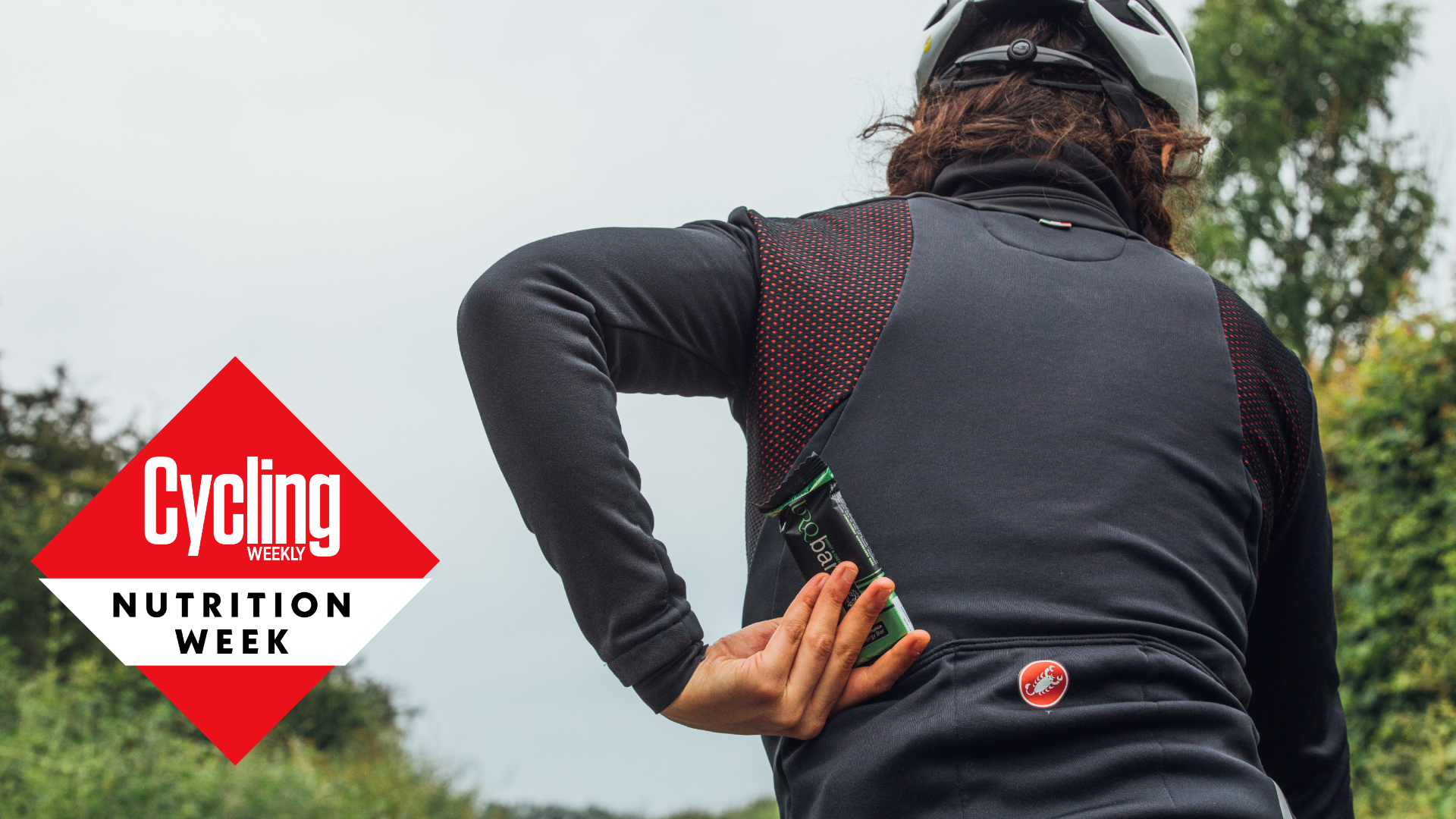 Ask a coach: 'How much should I expect to eat on a 100-mile ride?'
Ask a coach: 'How much should I expect to eat on a 100-mile ride?'It's important to stay fuelled, but just how much food does that mean you should bring?
By James Spragg Published
-
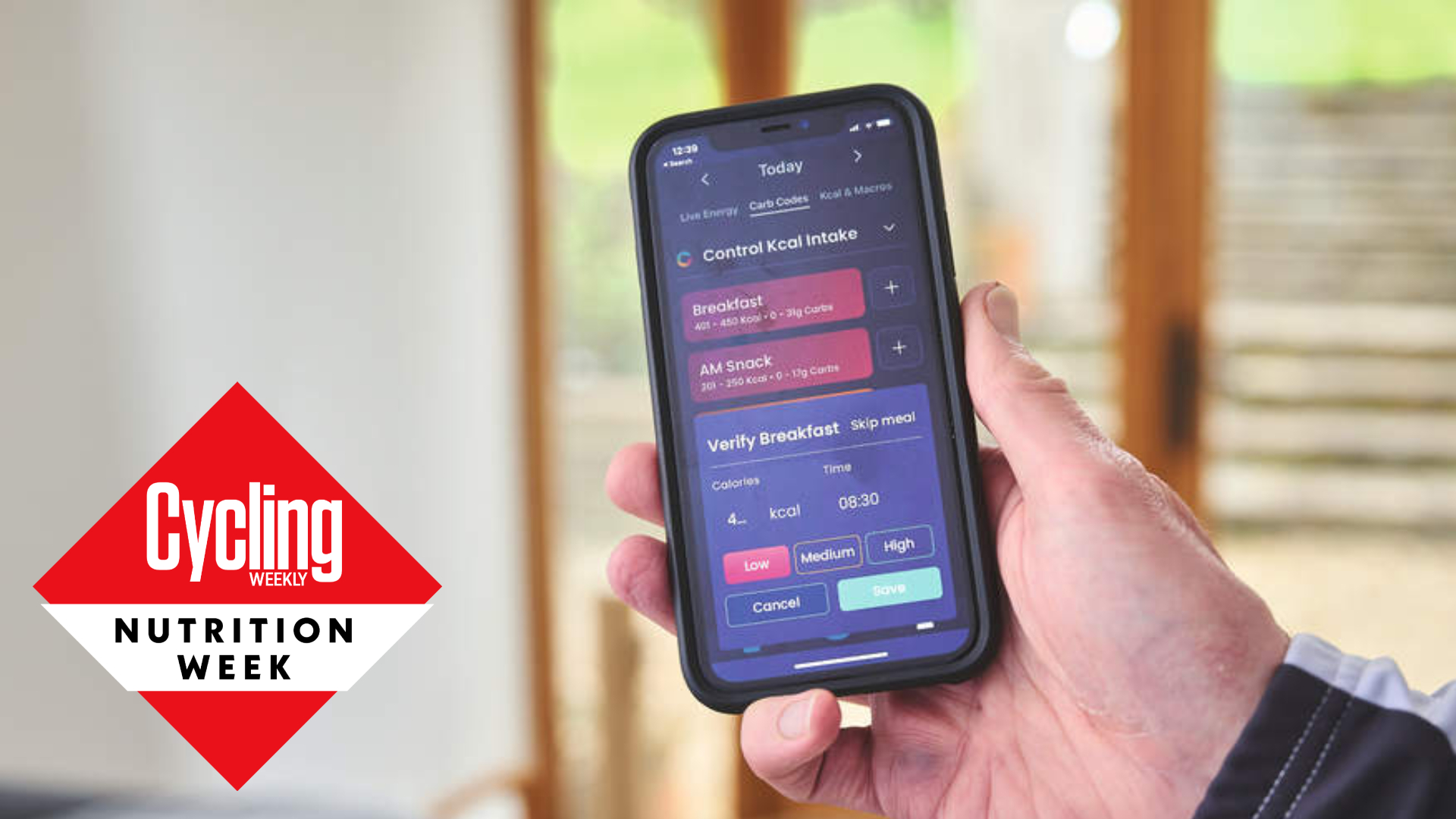 I lowered my body fat by 4.4% after using a nutrition app for 7 weeks
I lowered my body fat by 4.4% after using a nutrition app for 7 weeksCould a smartphone app be the key to hitting your nutritional needs and reaching your riding goals?
By Simon Fellows Published
-
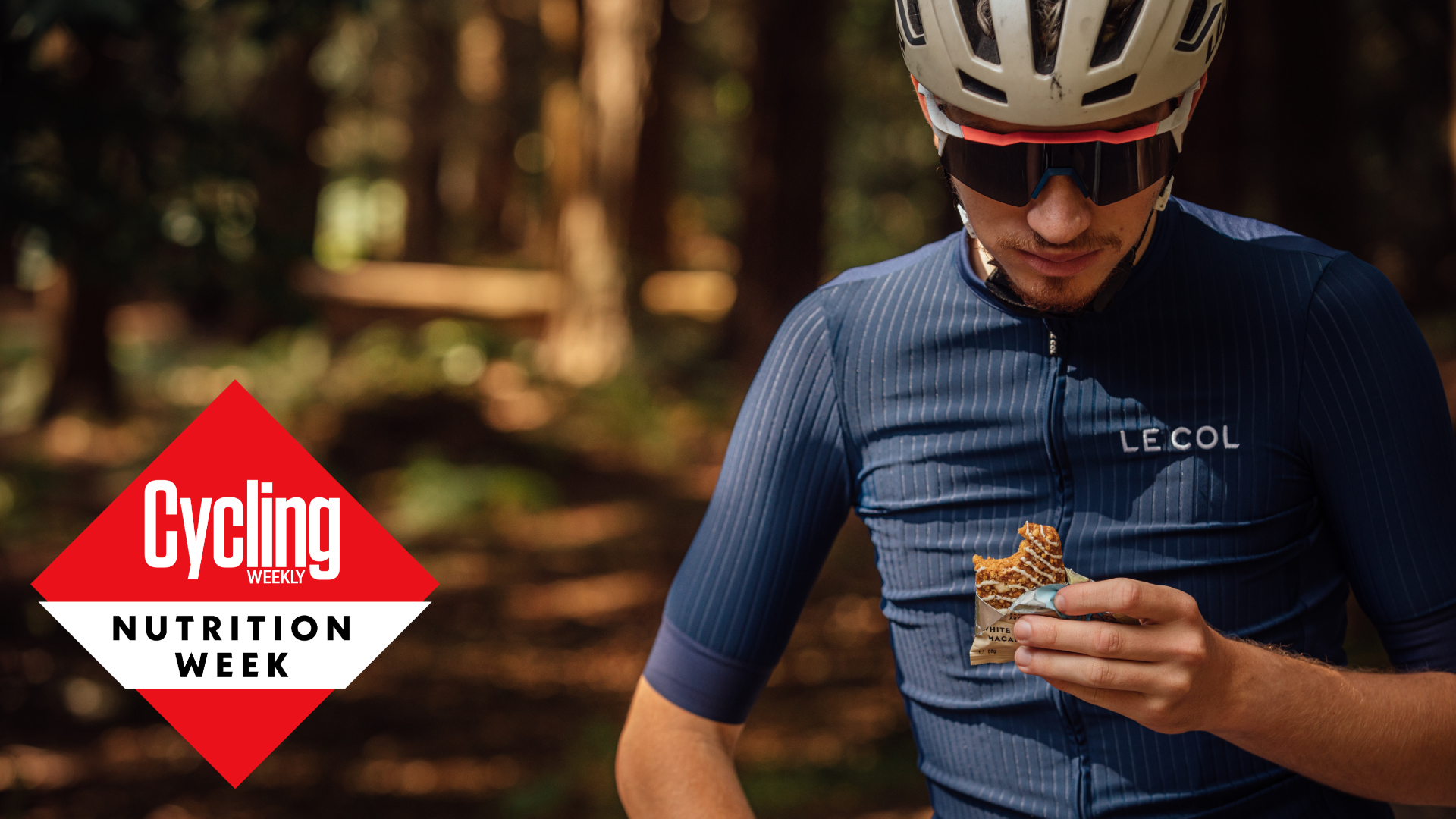 It’s ‘Nutrition Week’ on Cycling Weekly - here’s how to ensure you’re optimally fuelled to hit your riding goals
It’s ‘Nutrition Week’ on Cycling Weekly - here’s how to ensure you’re optimally fuelled to hit your riding goalsFrom the 24th-28th July here at Cycling Weekly, we’ll be doing our bit to provide you with tips on how to what you need nutrition-wise, and where to get it
By Anna Marie Abram Published
-
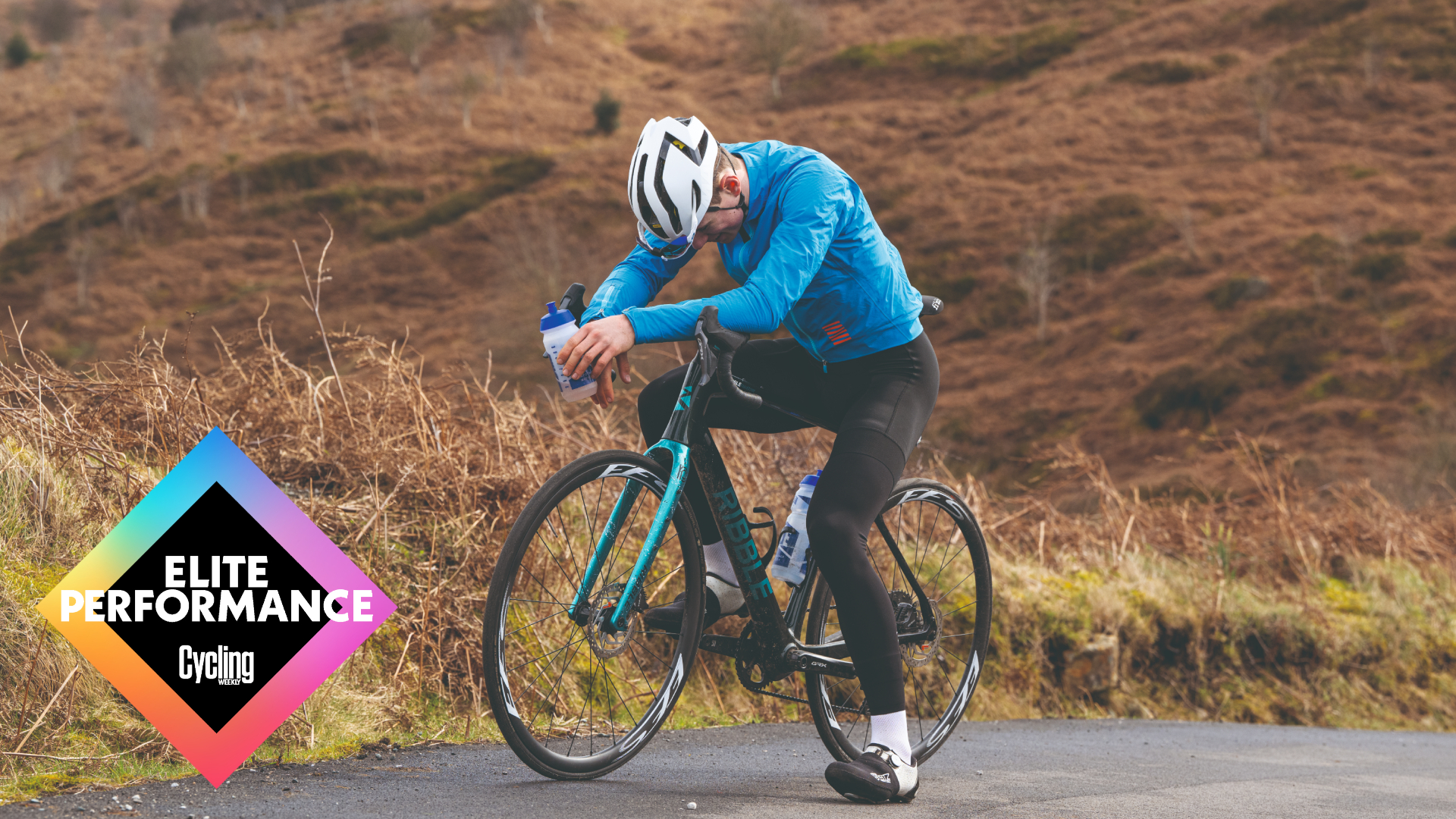 Bonk-proof your fuelling: what’s really going on to cause you to ‘bonk’ and how to avoid it
Bonk-proof your fuelling: what’s really going on to cause you to ‘bonk’ and how to avoid itShaken by a personal experience of that dreaded running on-empty feeling, Anita Bean goes in search of fuelling experts to find out what ‘bonking’ really means and how to avoid it
By Anita Bean Published
-
 The best food for endurance cycling - here’s what to eat and drink before, during and after
The best food for endurance cycling - here’s what to eat and drink before, during and afterWhat to eat before, during and after endurance rides to avoid ‘bonking’ and maximise your cycling fitness gains
By Andy Turner Last updated
-
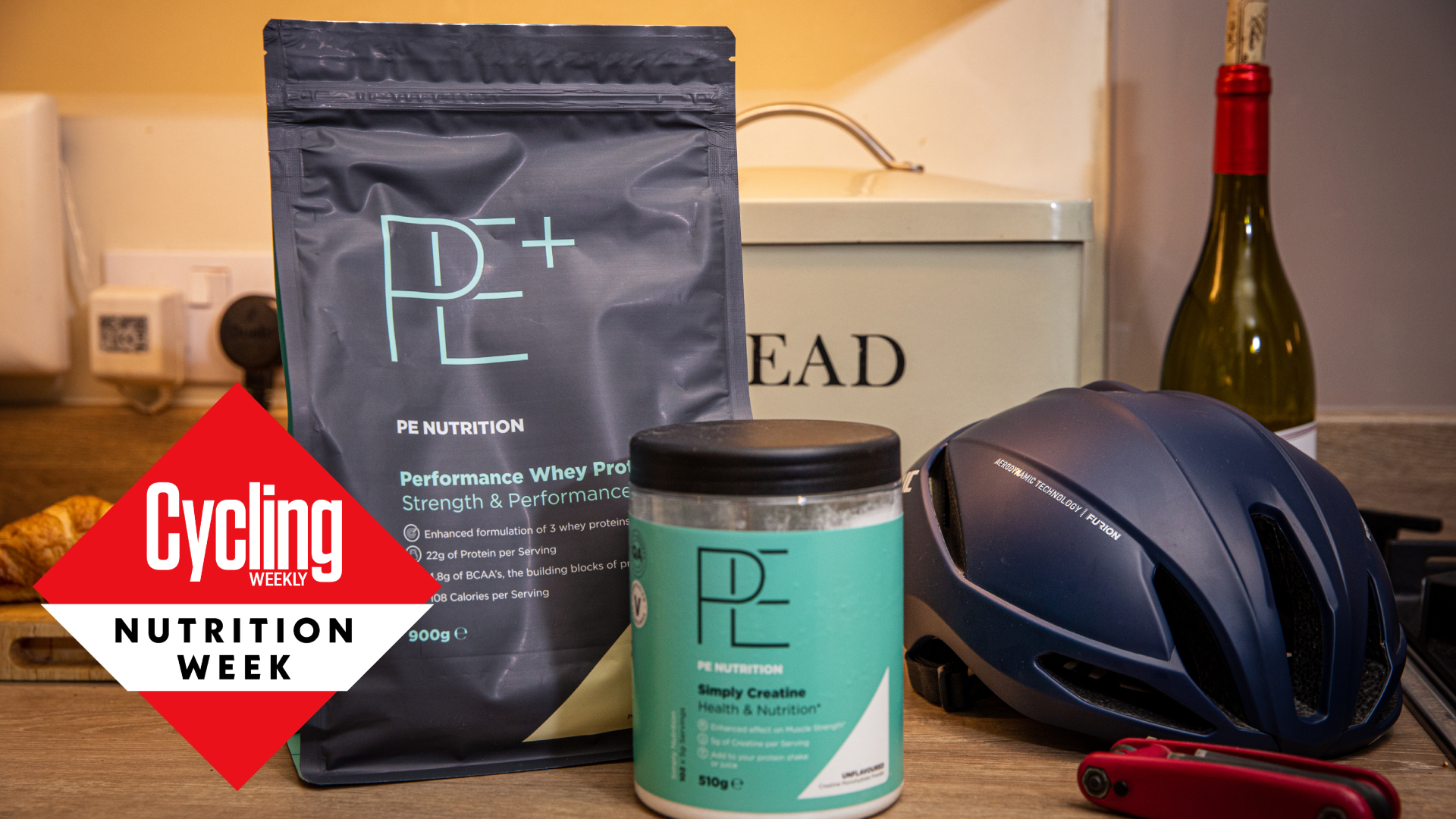 How much protein do cyclists need? Nail your recovery with this guide
How much protein do cyclists need? Nail your recovery with this guideConfused about how much protein you need, where to get it from and when to take it? We've got the answers for meat-eaters, vegans and vegetarians alike…
By Charlotte Broughton Last updated